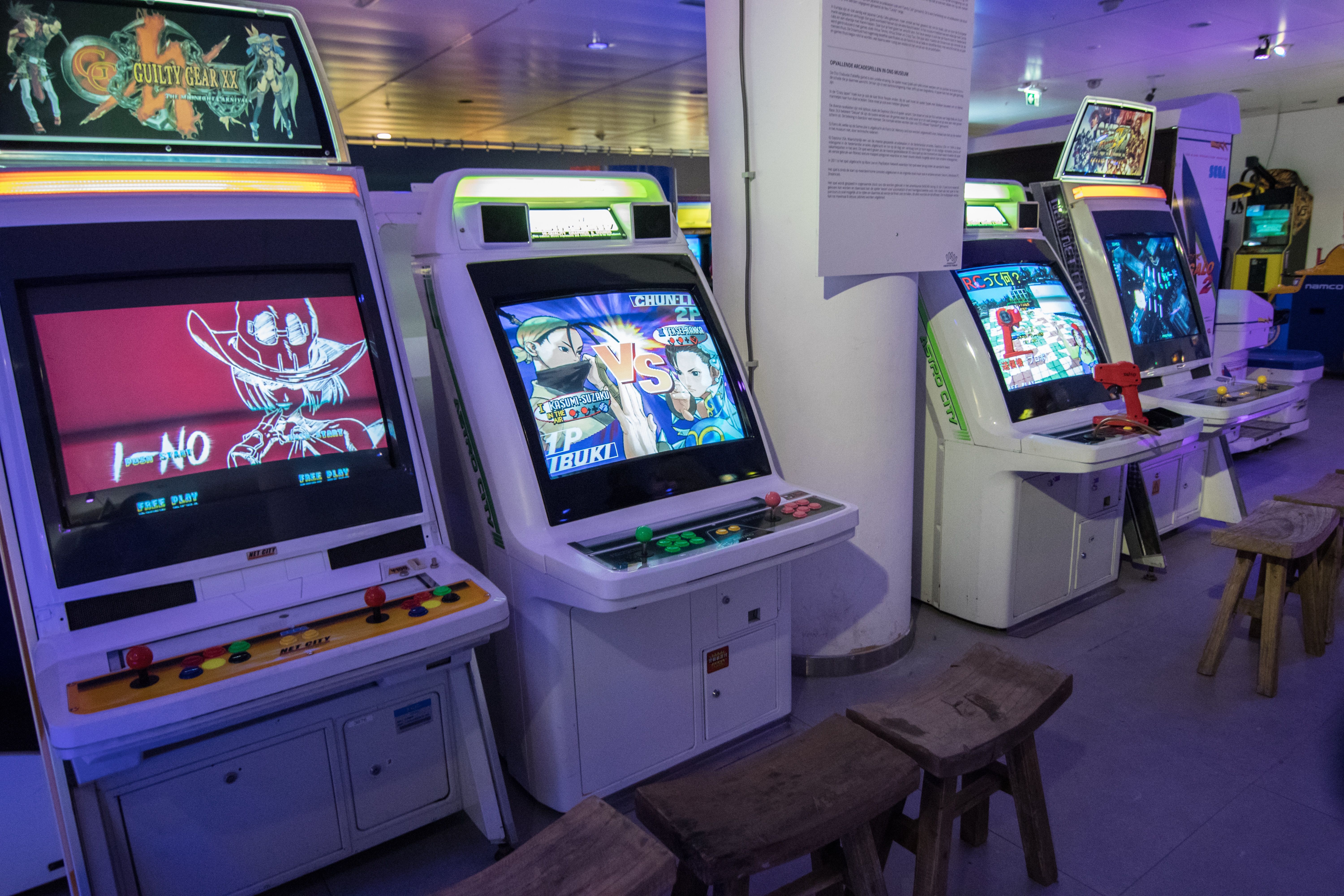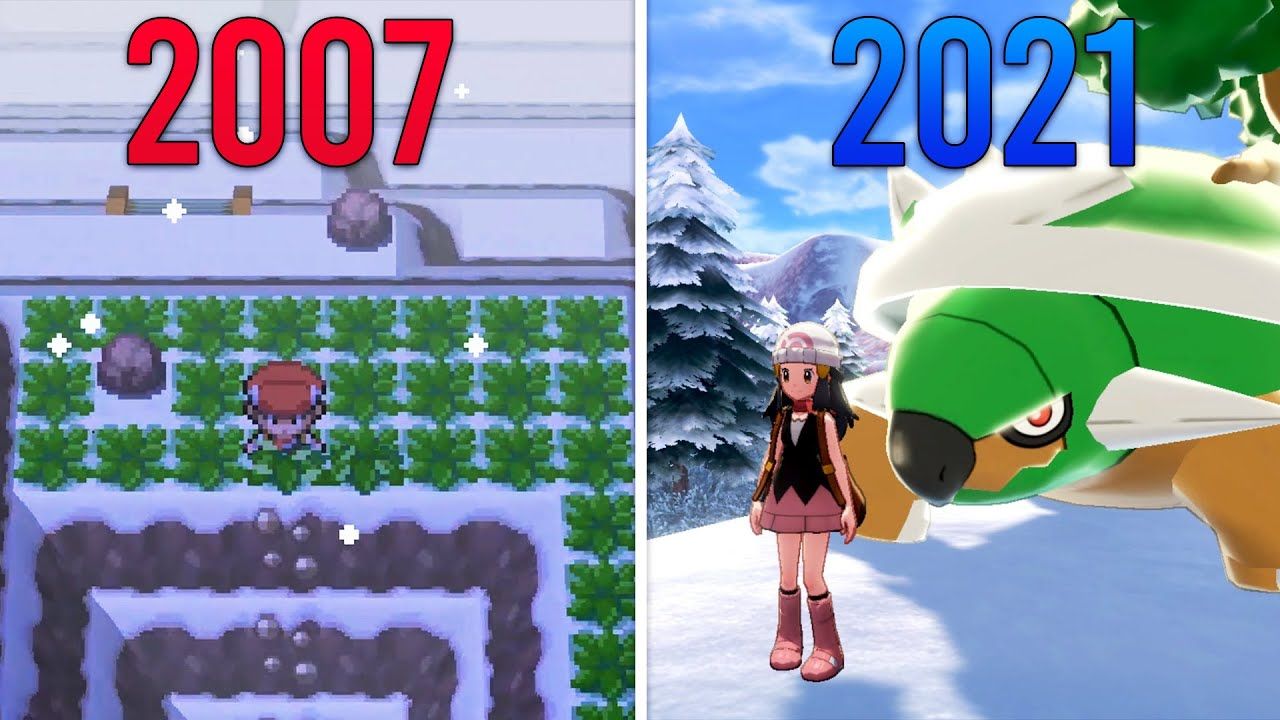Things My Scissors Have Cut Through
from The H Word
Every nurse has a constant piece of equipment that accompanies them throughout their nursing career for as long as it physically performs. For some, it’s a particular pen. For others it is a particular fob watch. Others, myself included, it is a pair of scissors. A pair of trusty scissors that you would guard with your life, this is no exaggeration. If you don’t have a pair of scissors that you swear fealty to, then you are the person that borrows said scissors from other nurses- and are vaguely threatened with something if they aren’t returned within 15 minutes of their use. They are only loaned out on the condition that we know where you are, we know where you sleep and that we will get our scissors back or else the remainder of your days in the ED be a living hell.
For a couple of years, I had a pair of plastic handled NHS supplied trauma scissors that were jagged edged, blunt ended and a little flimsy- but ultimately they got the job done, most of the time. However they sometimes fell short and required more rough and inefficient effort in certain situations where you really needed them and left you wishing you could simply carry a pair of garden secateurs around with you, were it permitted. Enter, the Leatherman Raptor scissors. Cleverly (perhaps unnecessarily) named like an ultimate dream toy that every child begs their parents for their birthday or christmas present, they were unbeatable in performance. They folded neatly and satisfyingly into a plastic holster that could be worn wherever was most suitable for you. I first spotted them in action on a paramedic when I did a day on the ambulances and watched on dreamily -like I was watching someone ridiculously attractive walking out of the sea like a James Bond shot- as these scissors effortlessly cut through the things that were thrown at it. As well as having a solidly built construction with a reliably sharp blade, they were equipped with a foldable sharp hook implement for cutting through seatbelts or varying cases of clothing/strap removal without harming flesh underneath. They also have a tiny non-sharp point of metal on the end of them for shattering tempered glass safely without sending big chucks of it flying ie, getting into a crashed car. We don’t need this in ED obviously, but it’s a cool little extra to have for bragging points. Finally, they also have a small section to the blade closest to the handles which is used for cutting wire or thick pieces of metal. Overall, a very multi purpose instrument for a variety of purposes out in the field. Perhaps a little overkill for an emergency department- but I always swore in my ED practice that it is better to have it and not need it than it is to need it and not have it.
After being unable to justify the cost of them, my dad (ever a man for a shiny toy) bought them for me as a present. I was ecstatic, and was soon wearing mine on a holster on my trousers, quietly feeling like I had a hidden superpower- my super scissors ready to whip out at a moments notice to seemingly uncuttable things. They actually come with a little bit of stigma amongst other nurses. They’re seen as a bit of a ‘boy’s toy’ and unnecessary. Semi jokingly, comments will be thrown around about them being used to ‘compensate’ for a lack of something else- however, these same people fall tellingly silent when they cry out for another pair of scissors when their NHS ones fail and are instead handed a pair like mine. They hand them back as casually as they can, struggling to contain how much they approve of them. Come on guys, admit it- you like the shiny scissors. You do, don’t you!
Several years have passed since I got these scissors, and they still they sit in front of me, ready to go. I look at them sat on my desk in their holster with silent pride as I realise that they have been one constant at my side on the frontline throughout my nursing career. They’ve endured all the traumatic situations I’ve faced, as well as the light hearted, every day encounters.
Bandages. Thousands, upon thousands of thankless tangled and bloodstained dressings.
Clothes. Denim, khaki, leather belts, pants, clean or soiled.
Bra’s. Sadly not a reflection of my sexual escapades. As you may well know, bra’s usually have a metal wire in them- and this same metal wire is the arch enemy of the NHS scissors but no match for the inestimable leathermans and their wielder. I should note, we aren’t going round briskly cutting off people’s bra’s without a moments notice. In a cardiac arrest or a rapidly deteriorating patient where there is no time to dilly dally as we need quick access to their chest, everything must come off. You do not have time to piss about trying to sit them up removing clothes over their head and fiddling with that bastard stubborn metal bra clip at the back.
A Budweiser bottle. Nestled inside the inner chest pocket of a stabbed patient who had been thrown out the back of a car at our doors. I recoiled in terror as for a split second I was petrified that I was somehow impossibly cutting through the ribs of the patient- also not an entirely impossible sensation, as you’ll discover later in this book.
A rolled up bundle of twenty pound notes. Again, pockets of a trauma patient. I didn’t count how much was there, but it went clean through the bundle. The patient was a drug dealer. I chalk that down as one of my small parts in the war on drugs. Me and the leatherman scissors: saving the public from crappy bandages by day, ridding the streets of dirty money by night.
Countless plaster casts. Plaster of Paris, that is. Often we’ll put on temporary plaster casts for a patient with a severe fracture- usually when the fracture has been displaced or dislocated, meaning we have to manipulate it back into a normal position and then plaster cast it to keep it in place. We then do a follow up X-ray to check it is in the right place. If it isn’t, you cut it off and reapply accordingly.
Metal wire, ie barbed wire or fencing wire. The big brother of bra wire. The scissors have a wire cutting section on them that has you feeling like you’re doing a bomb defusal, deftly and effortlessly snipping away at the wire liberating the entangled patient. Usually farmers or cyclists.
A makeshift noose made of bandages. As I knocked on the door of a toilet where a patient of mine had gone in, I heard a gargling/choking noise from within and peered through the crack of the door- to be met by the sight of a dangling, kicking patient flinging around. Wrenching the handle down as I barged the stiff and ill fitting door open with my shoulder while shouting for help, in one swift swipe I snipped the bandages and lowered the patient to the floor as safely as I could (trying to catch a rag dolling human being is not an elegant process, it’s a “just do what you can” situation). I almost felt like there was smoke coming off the end of the scissors as I slowly holstered them again, like a Wild West movie.
Cutouts of children’s card masks, sections of colouring books. As I sat cross legged on the floor of a cubicle with a feverish, grouchy and crying toddler, I snipped out the outline of a Spiderman mask remarking at how overkill these scissors must look- but hey, the children are laughing while I pose with my ridiculous tellytubby/spiderman/paw patrol paper mask and make the accompanying stupid noises. The pure belly giggles of the child providing welcome relief to all from the previous pained screeching of pain and discomfort from whatever illness or injury they had.
Sternums. Several sternums. Yes, the bit of bone in the centre of your chest. During a thoracotomy, part of the procedure involves cutting across the chest in order to access your heart to provide cardiac massage and address any internal wounds- a barrier to which is the sternum which is usually sawed through using a piece of serrated wire that you hold either end of in your hand, pulling alternatingly back and forth to cut through it. Or, if you have a good, strong and sharp pair of scissors, you can just snip through.
Many wedding rings. When your finger/hand are swelling for whatever the reason is at the time, you simply MUST remove the wedding ring else you run the risk of cutting the circulation off to the finger entirely, which would eventually lead to the finger going necrotic/needing to be amputated. You can start with simple wriggling, soap, water, whatever method you can of non destructive removal- but if all else has failed with trying to remove the ring, they need to be cut off. The wire cutting section of the leathermans serves this purpose perfectly, depending on the size and thickness of the ring.
My trusty scissors, that never let me down. They are an inanimate object and are not sentient, I know this- but with them I share some of the most traumatic and meaningful memories and events of my nursing career. They are a relic of it, if you will. If ever there were to be a trophy of my time in the ED, it would be these. Their now battle worn bladed edge blunted slightly by the countless sternums, wires and metal clothes fasteners be it poppers or zips. Their stains of bleaching from whenever they were washed of whatever bodily fluids they cut through, now rusting slightly. I sometimes think about framing them, knowing that no one else would ever get it- they’re just a pair of overly fancy, overly complicated and unnecessary scissors. But they were my fancy, overcomplicated and unnecessary scissors.





